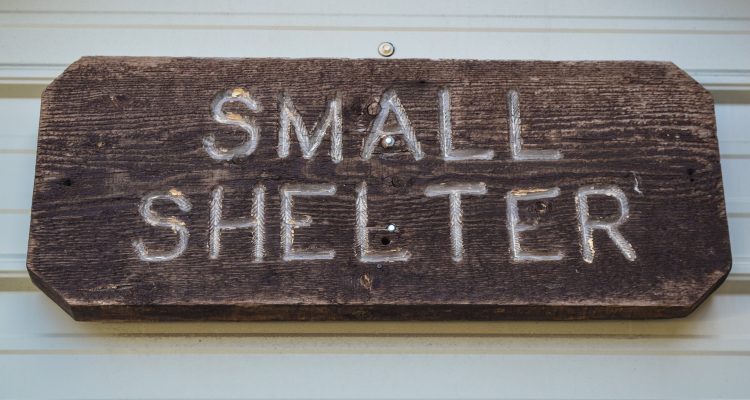No one knows about it these days because the signage has been removed, chains block the old access points, and Oglebay officials do not promote its existence in their lodging pamphlets or related material posted online.
Only natives know about Small Shelter.
Located very close to the exact middle of Oglebay Park, Small Shelter offered a picnic table under roof, and one exposed to the elements, a full-sized fireplace with stocked wood in the corner, and the most affordable price tag of all of the park’s locations. The covering rests in close proximity to several other picnic sites but cannot be seen by a soul not purposely searching it out because it hides in the woods along one of the municipal park’s winding roads.
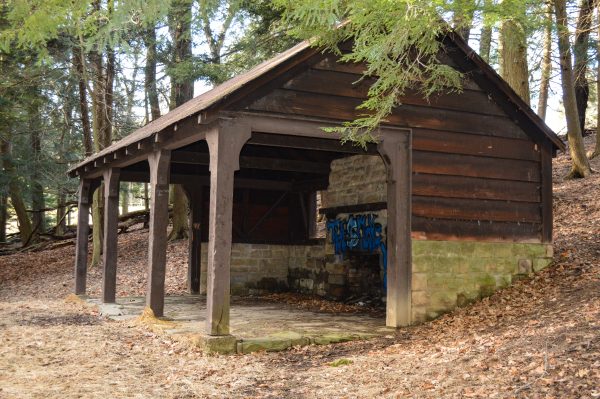
“My wife and I will celebrate our 56th wedding anniversary this summer, so she’s lived here in Oglebay for more than a half century, and she didn’t even know it ever existed,” explained Randy Worls, Oglebay’s CEO from 1972 to 1999. “When I told her about the inquiries about it, she was pretty surprised to learn about it. She asked me to show it to her this week.
“It was rented a lot, but it wasn’t one of our most popular shelters,” Worls recalled. “Now, I was there a few times through the years, and everyone seemed to enjoy it very much. The atmosphere, even to this day, is really beautiful there, and we did not receive very many complaints up until the 1970s.”
Oglebay Park was created in 1928 after Earl Oglebay willed his hilltop estate to the people of Wheeling upon his passing. Oglebay, an industrialist from Cleveland, initially purchased 25 acres from a family member and worked the land as an experimental farm while there during the spring and summer months. He eventually expanded it to nearly 1000 acres.
The Great Depression struck the American economy in late 1929 and lasted a decade, but President Franklin D. Roosevelt managed to federally fund worker programs across the country. In Oglebay Park, the Works Progress Administration partnered with the Civilian Conservation Corps to put more than 200 men to work to construct new buildings, including the Pine Room, the original tennis courts and shelter, Camp Russel, Haller Shelter, and Small Shelter.
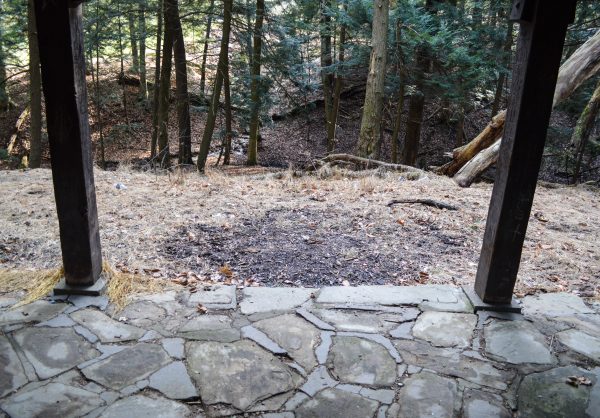
“That was President Roosevelt’s answer to the Depression,” Worls said. “The country had a lot of unemployed construction workers, so the idea was to put all of those masons and carpenters and bricklayers to work, and I can tell you those workers were very, very skilled.
“The Wheeling Park Commission had to supply 20 percent of the total cost of the projects, and that was accomplished through private donations,” he said. “And trust me; those buildings have paid for themselves through the years, and all of those facilities are used quite frequently, especially on weekends during the warm months.”
The Pine Room and the Crispin Center welcome wedding receptions, golfers, and swimmers, the tennis courts remain popular with local residents and tourists alike, and Haller Shelter is the rental home of steak fries, chicken roasts, and various charitable events, but the tucked-away Small Shelter has rested silently for more than 25 years.
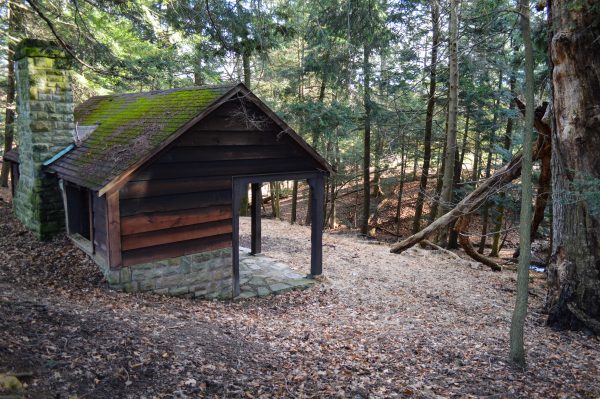
“I took a walk to see it again, and I can tell you that the reason we stopped using Small Shelter was the accessibility to and from it. There may have been two ways to get to it, but one was from the parking area above it, and there were never any steps, and then the long path from the picnic area, but when you go that way, you have to cross a small stream from a nearby spring,” Worls explained. “When the park decided to address accessibility, all of the shelters we have now in the park have been upgraded to make sure everyone can get to and from the covered areas, and the bathrooms are ADA compliant, as well.
“Different decisions were made about Small Shelter, and that’s because we had to have priorities when coming up with a master plan. It was much smaller than the other shelters, it wasn’t as popular as the others, and although getting to it wasn’t much of an issue for a lot of years, accessibility became very important.”
There are no picnic tables, and there’s a hole in the roof; trees have fallen close by, and vandals have spray-painted the full-sized stone fireplace. It is obvious from discarded debris, unfortunately, that Small Shelter has been visited although shuttered, but the structure itself has remained, well, upright and not leaning.
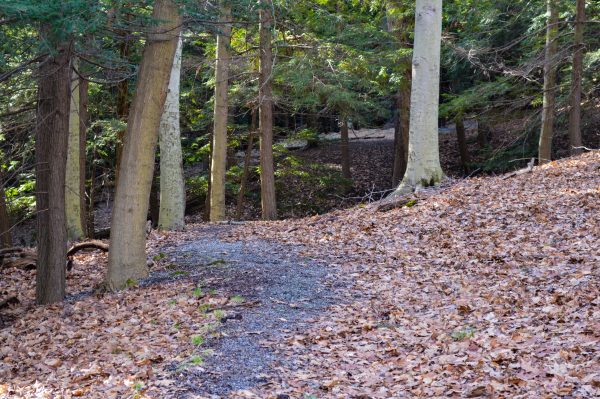
But the spring stream still babbles, the deer are familiar and friendly with people, and the sunlight is heavily shaded by tall oak, maple, and cherry trees. Crude knife carvings riddle the wooden beams, there’s not much flat land in the area, and only a really bad golf shot could send a ball close to Small Shelter.
“I have always wondered why the decision was made to place the shelter where it is, but I am guessing it may have been used a lot by the Caddy Camp because of how close it is to the Crispin Course,” Worls explained. “But, by the 1990s, another factor with the decision to close it was the fact that the amount of people who were picnicking dropped off considerably because of the population decline.
“But this is the very first time I have heard anything about Small Shelter since we decided to close it to the public,” he added. “And I’m really not sure how many people realize that it still stands. I know I was surprised to see it still standing.”
(Photos by Steve Novotney)


